In the world of wildlife, the notion of a species being declared extinct often evokes a sense of loss and nostalgia. Yet, there are incredible moments when nature surprises us, revealing that some of these species are not lost after all. This is the story of eight wild cat species that were once thought to be extinct but have been rediscovered, breathing new life into conservation efforts and sparking hope among wildlife enthusiasts. These elusive creatures have managed to stay hidden from human eyes, only to reappear when least expected. Their stories are not just about survival but also a testament to the enduring mysteries of the natural world. Join us as we explore these fascinating tales of rediscovery.
1. The Andean Mountain Cat: A Ghost of the Andes
The Andean Mountain Cat is a small, elusive feline that dwells in the harsh terrain of the Andes Mountains. For years, this cat was known only through local folklore and a handful of sightings. It wasn’t until recent expeditions that researchers were able to confirm its existence, capturing images and collecting data. The Andean Mountain Cat’s rediscovery is a beacon of hope for conservationists working to preserve the fragile ecosystems of the Andes. With its thick, silver fur and piercing eyes, this cat is a ghostly figure against the rugged landscape, perfectly adapted to its environment. Its rediscovery highlights the importance of continuous exploration and monitoring of remote habitats.
2. The Formosan Clouded Leopard: Taiwan’s Hidden Treasure
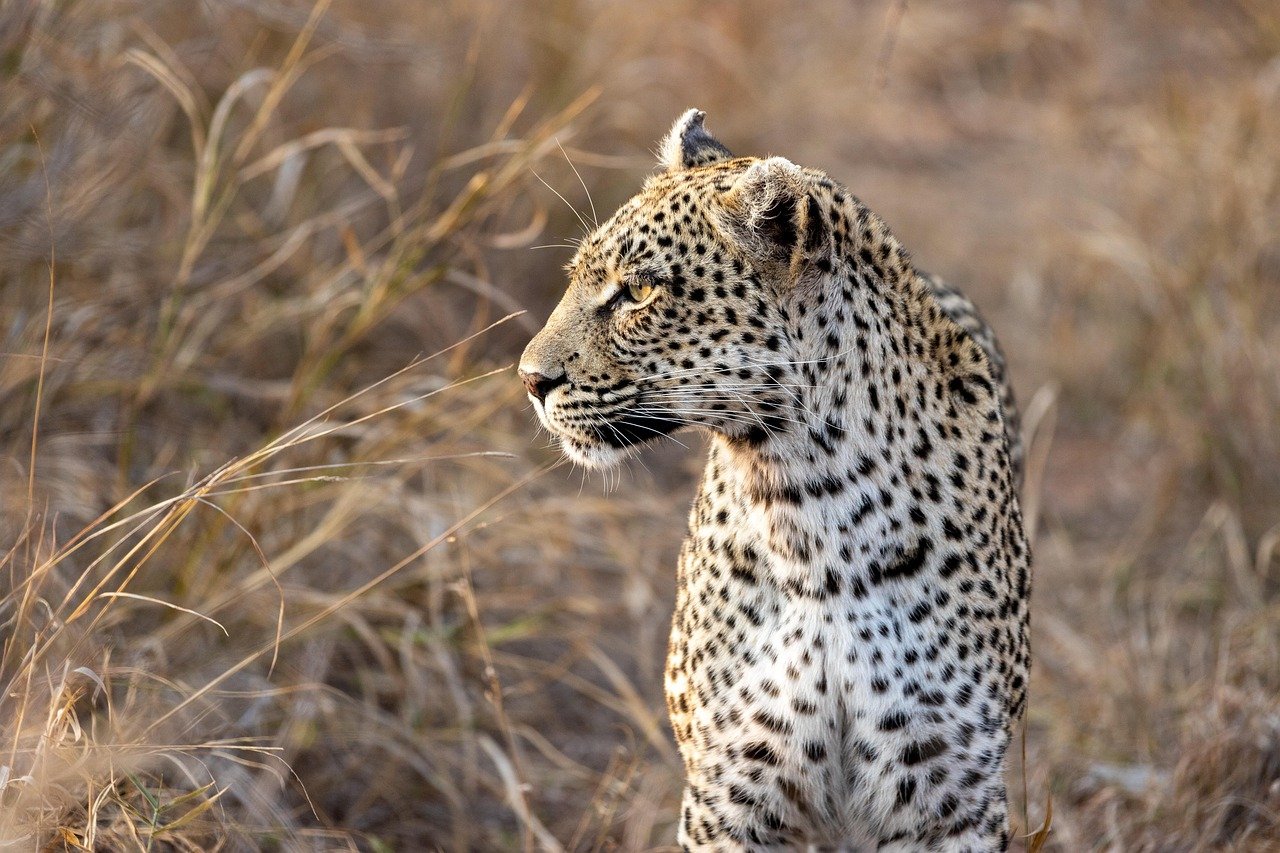
Once thought to have vanished from Taiwan, the Formosan Clouded Leopard was rediscovered in the dense forests of the island. This majestic cat, with its cloud-like markings, was declared extinct in the wild in the early 2000s. However, recent sightings by indigenous hunters and conservationists have reignited hope. The Formosan Clouded Leopard is now a symbol of resilience and a testament to the rich biodiversity of Taiwan’s forests. Its reappearance has sparked renewed efforts to protect its habitat and ensure its survival for future generations.
3. The Iberian Lynx: Europe’s Comeback Cat
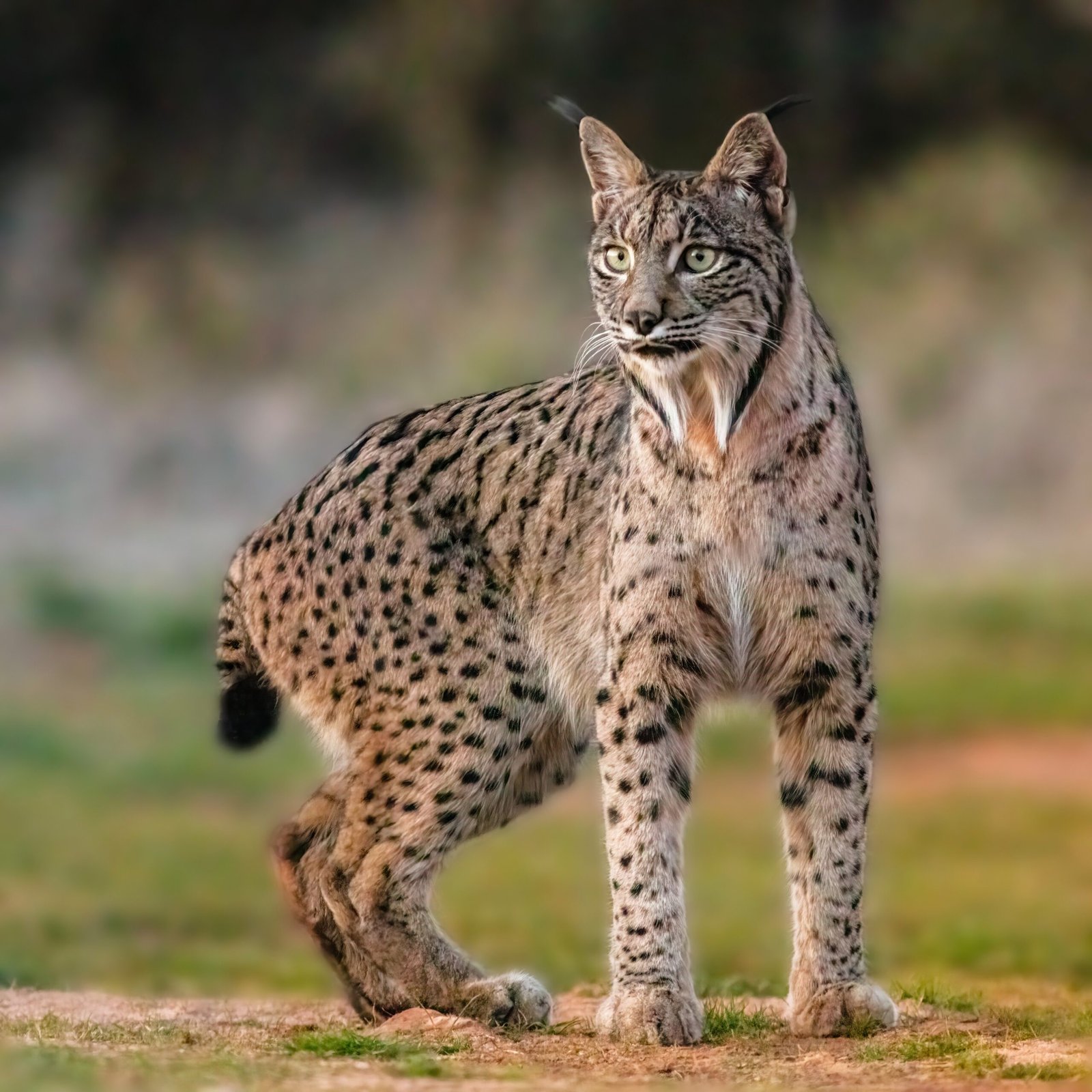
The Iberian Lynx, native to the Iberian Peninsula, was once the most endangered cat species in the world. With only a handful of individuals left in the wild, it was considered nearly extinct. However, through concerted conservation efforts, including breeding programs and habitat restoration, the Iberian Lynx has made a remarkable recovery. This wild cat’s resurgence is a testament to the power of human intervention in saving endangered species. Its distinctive tufted ears and spotted coat make it a captivating symbol of hope for conservationists worldwide.
4. The Bornean Bay Cat: A Mystery of the Jungle
The Bornean Bay Cat is one of the rarest and least studied wild cats in the world. Native to the island of Borneo, it was thought to be extinct due to deforestation and habitat loss. However, recent camera trap footage has confirmed its presence in the dense jungles of Borneo. This elusive cat remains a mystery, with little known about its behavior and ecology. The rediscovery of the Bornean Bay Cat underscores the urgent need to protect the island’s unique wildlife and ecosystems.
5. The Amur Leopard: A Survivor in Siberia
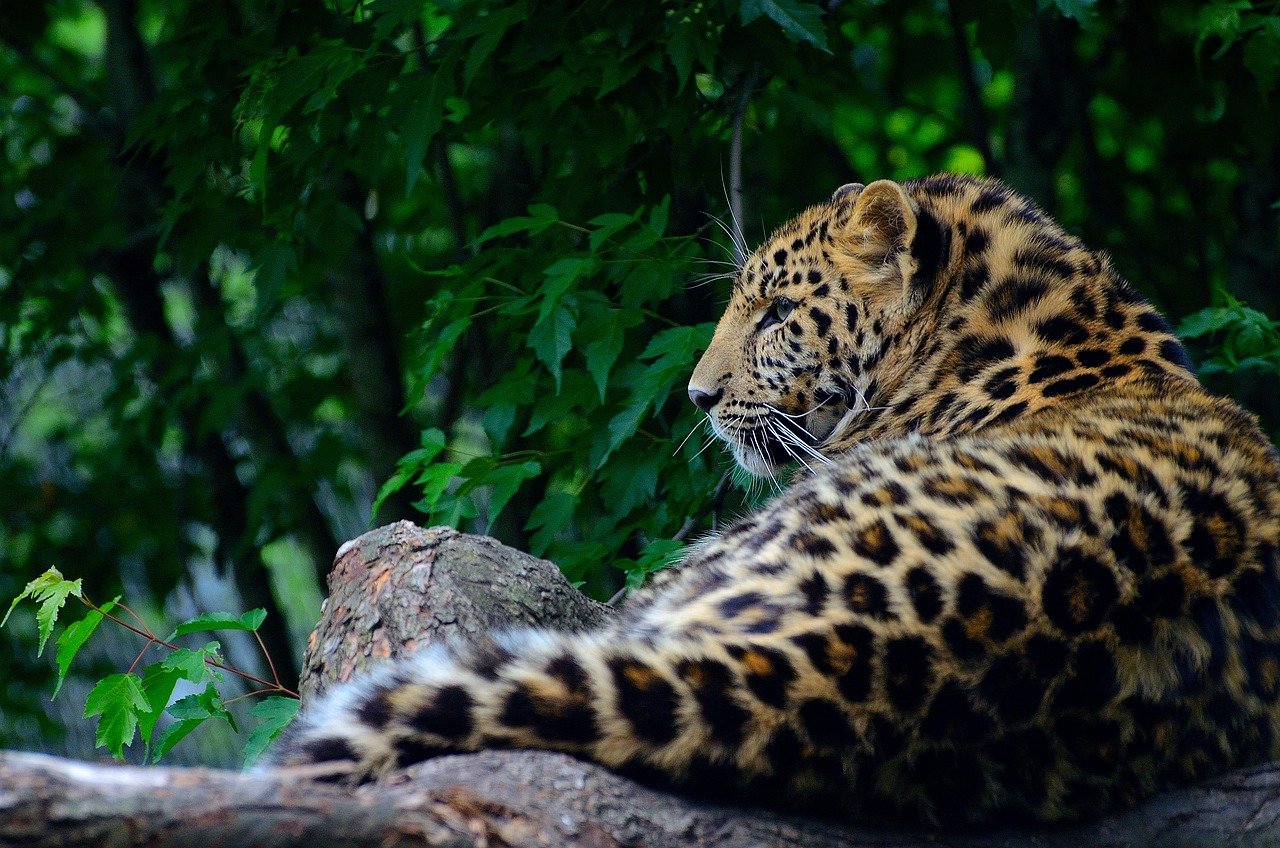
The Amur Leopard, native to the temperate forests of the Russian Far East, was once on the brink of extinction. With as few as 20 individuals left in the wild, it was considered critically endangered. However, thanks to dedicated conservation efforts, including anti-poaching measures and habitat protection, the Amur Leopard’s population has slowly increased. This stunning cat, with its thick coat and rosette markings, is a symbol of resilience in the face of adversity. Its survival story is a testament to the power of conservation and the importance of preserving our planet’s biodiversity.
6. The Javan Leopard: Java’s Elusive Predator
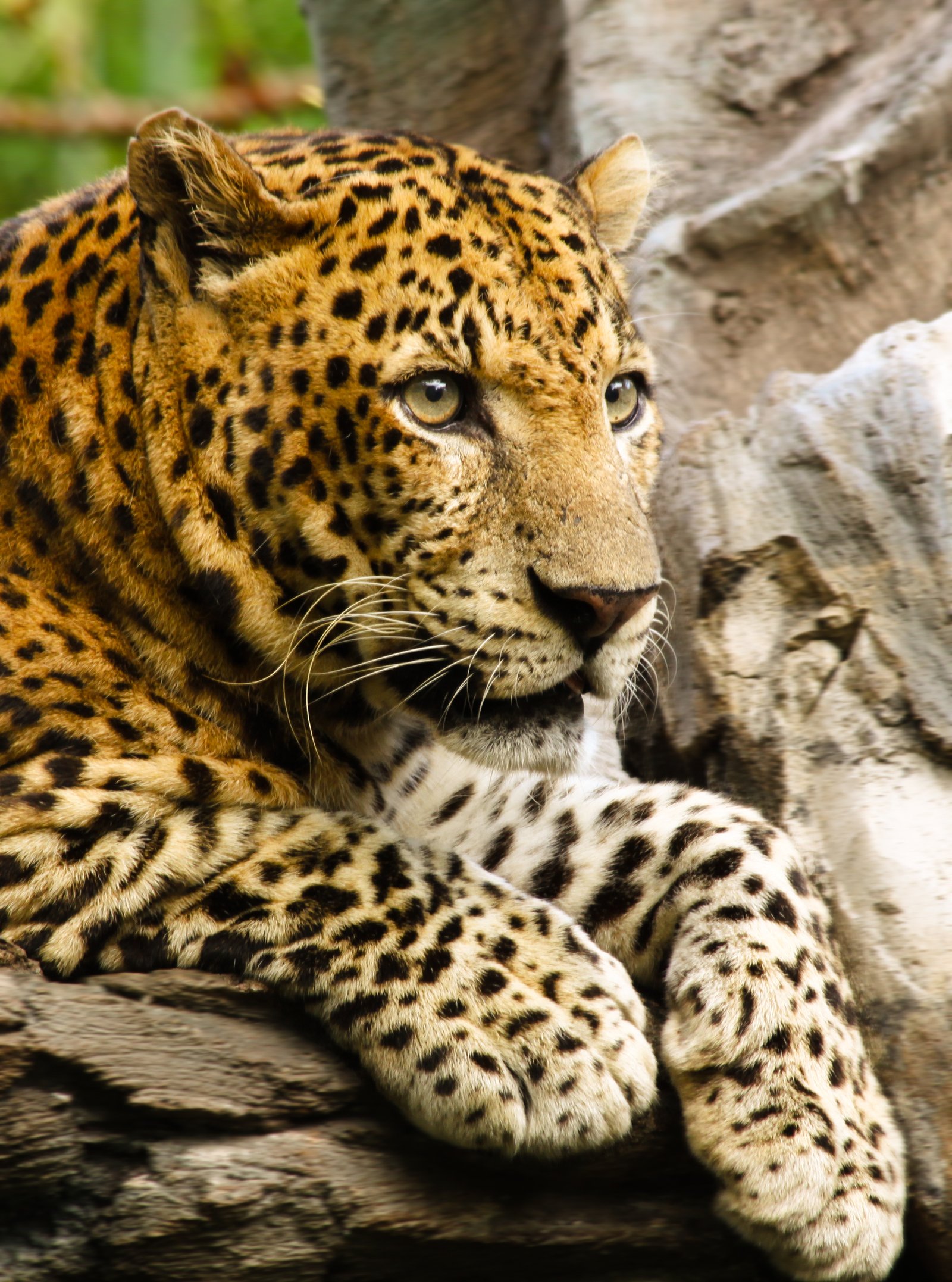
The Javan Leopard was once believed to be extinct due to habitat destruction and human encroachment on the island of Java. However, recent sightings and camera trap evidence have confirmed its presence in the island’s remaining forests. This wild cat’s rediscovery has reignited efforts to protect Java’s dwindling forest habitats and safeguard the future of this elusive predator. The Javan Leopard’s striking appearance and secretive nature make it a captivating subject for wildlife enthusiasts and researchers alike.
7. The Fishing Cat: A Water-loving Feline
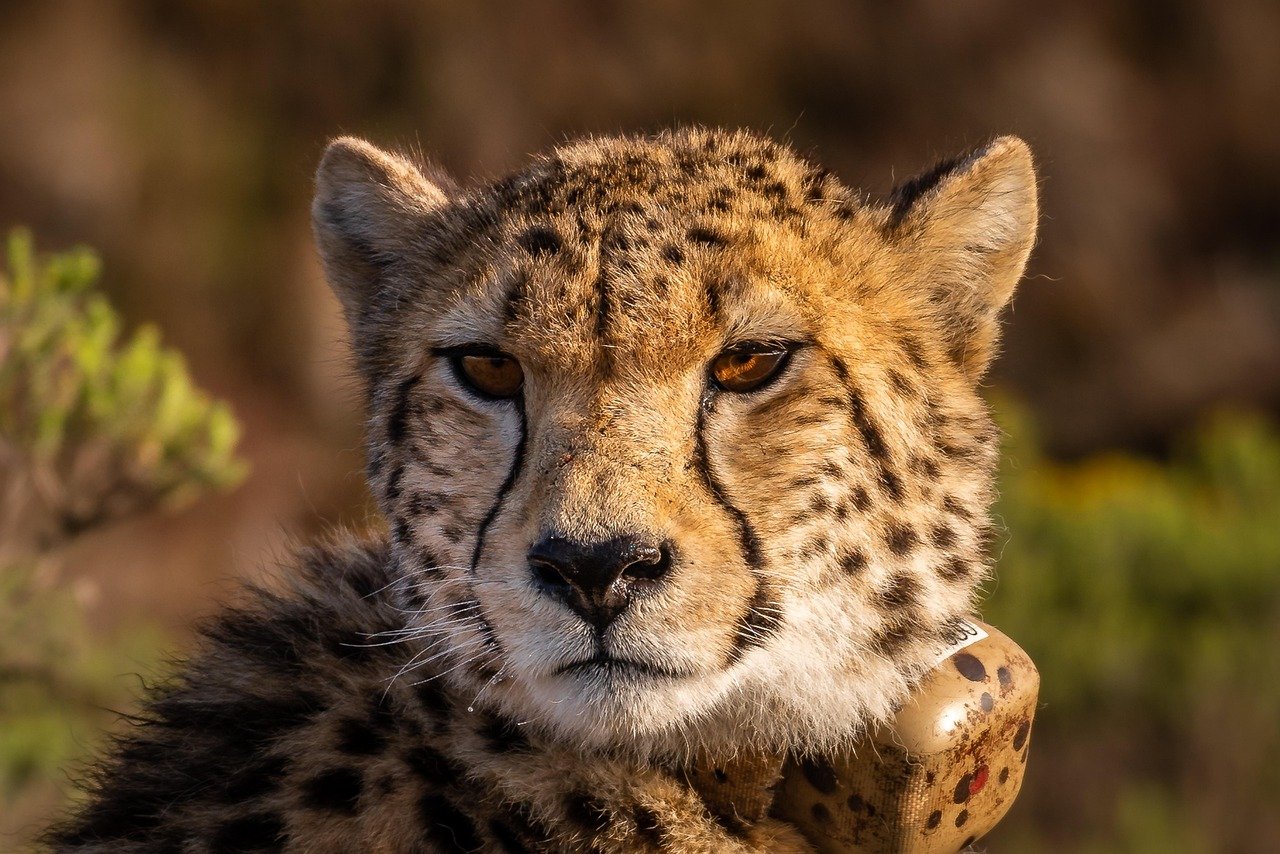
The Fishing Cat, known for its love of water and fish-based diet, was declared extinct in certain regions due to habitat loss and pollution. However, recent rediscoveries in wetlands across Southeast Asia have brought this unique feline back into the spotlight. The Fishing Cat’s webbed feet and aquatic hunting skills make it a fascinating species to study and protect. Its reappearance in the wild serves as a reminder of the importance of conserving wetland ecosystems and the diverse species that rely on them.
8. The Pallas’s Cat: A Hardy Survivor of the Steppes
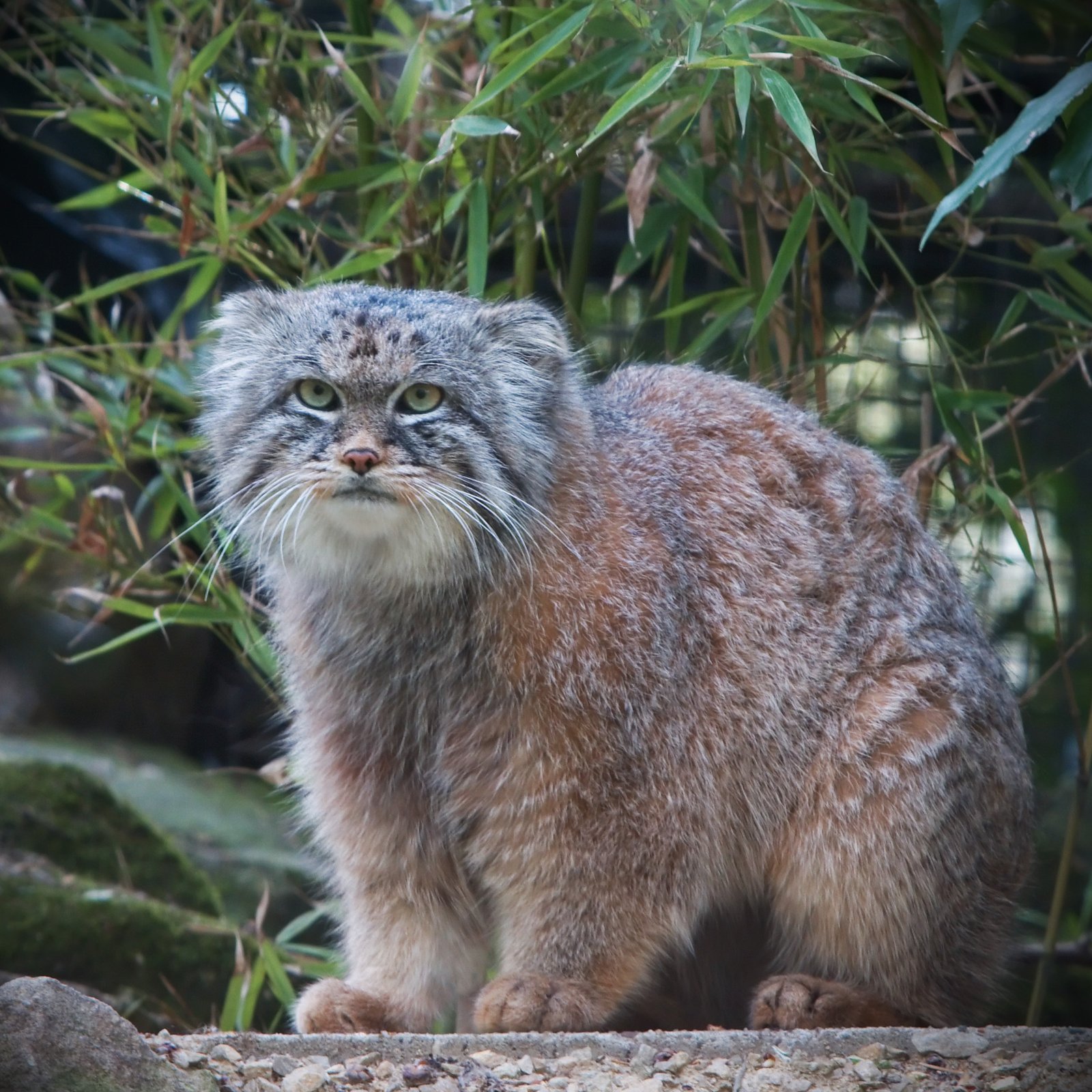
The Pallas’s Cat, also known as the Manul, is a small wild cat native to the grasslands and steppes of Central Asia. Thought to be extinct in some areas due to hunting and habitat loss, this resilient feline has been rediscovered in remote regions. The Pallas’s Cat’s dense fur and stocky build make it well-suited to its harsh environment, where temperatures can plummet to extreme lows. Its rediscovery highlights the adaptability of wild cats and the need to protect their natural habitats from human encroachment.
These remarkable stories of rediscovery remind us of the resilience and adaptability of wild cat species. While their reappearance offers hope, it also underscores the urgent need for continued conservation efforts to protect these magnificent creatures and their habitats. The natural world is full of surprises, and these wild cats are a testament to the enduring mysteries that still await discovery.
Hi, I’m Bola, a passionate writer and creative strategist with a knack for crafting compelling content that educates, inspires, and connects. Over the years, I’ve honed my skills across various writing fields, including content creation, copywriting, online course development, and video scriptwriting.
When I’m not at my desk, you’ll find me exploring new ideas, reading books, or brainstorming creative ways to solve challenges. I believe that words have the power to transform, and I’m here to help you leverage that power for success.
Thanks for stopping by, Keep coming to this website to checkout new articles form me. You’d always love it!






